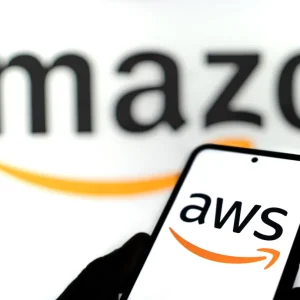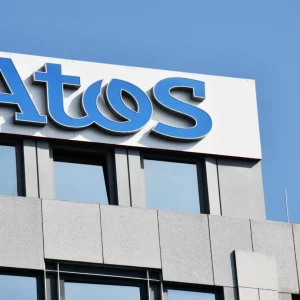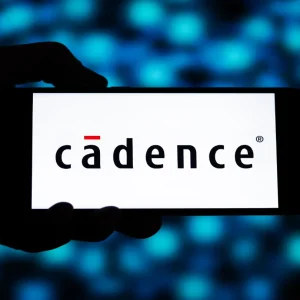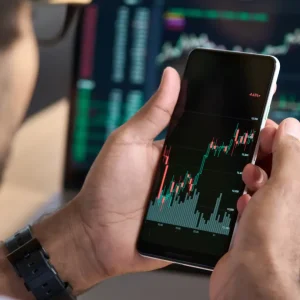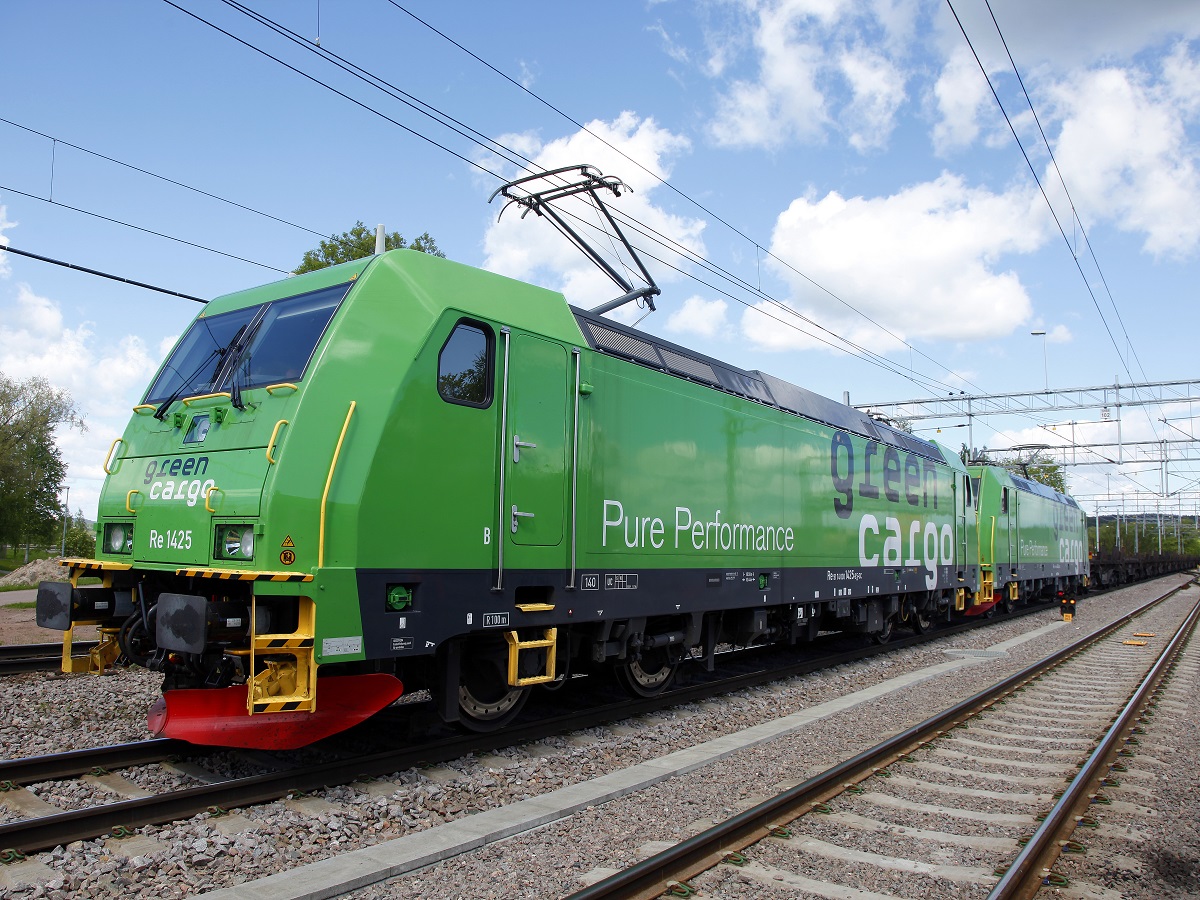
Green Cargo CIO Ingo Paas believes the £360m-revenue eco-friendly Swedish rail logistics company – and other companies traditionally dominated by outsourced IT services, applications and infrastructure – will be better served developing skills and innovation capabilities in-house than procuring from traditional outsourcing partners.
Paas has been CIO at the government-owned organisation since 2019. Green Cargo transports 22 million tonnes of freight every year, serving close to 300 locations in Sweden, Norway and Denmark, and linking nearly 2,000 destinations in continental Europe. Founded in 2001 and now employing more than 1,500 people, it operates electric locomotives and some truck services as part of its sustainable logistics and end-to-end rail-freight logistics operations.

Speaking to Tech Monitor, Paas outlined his strategy and the three perspectives of his digital transformation agenda: automate the infrastructure, digitise the company, and integrate the ecosystems.
“We are going to digitise the company, building the capabilities that complement the current multi-cloud environment with IoT and artificial intelligence, and have a data analytics platform in place,” Paas said.
“We are going to automate the business – autonomous trains, couplings and railyards. We are investing so these kinds of operations are as automated as possible, so we are looking into artificial intelligence and camera vision technologies.
“And the third is to build the ecosystems – based on API capabilities, the customer and the infrastructure perspective – we can operate in the future.”
On board
Paas joined as part of a new leadership team, brought in to return Green Cargo to profitability.
Sitting on the management board, Paas said that it made sense at Green Cargo for the senior technology executive to be operating at the highest levels of the organisation.
“It was a very thoughtful decision by the CEO and the board of directors to have a CIO on that level,” Paas said. “I do my very best to meet with expectations.
“In 2020 there are many discussions about projects we’re prioritising and how to deal with risk, business development and also compliance-related issues.
“We have to deal with these kinds of interesting questions, and this needs to be done together on the executive level – individuals can’t do this in isolation.
“It’s also very much related to the digital vision that we have. And the future of the company is very much defined by merging IT and business and increasing the skills on the business side, the data competencies, and with competencies on the technology.
“We are building the capabilities right now. As a CIO, you have to be part of that discussion – you can’t do this from the side.”
Constrained financially, Paas said that when he joined he had the perennial challenge of managing costs and ageing systems to be able to invest in the technologies to change the business.
Paas said that it had been difficult for the company to invest in its IT – it was managing a legacy SAP platform and mainframe system, but had saved significant maintenance costs by choosing to work with third-party provider Rimini Street rather than SAP itself, helping Green Cargo to invest in the future.
“The biggest challenge is to maintain and stabilise the mainframe and SAP system, so this is where we are investing a lot right now to get control, rather than replace them,” Paas said. “And that’s also where Rimini is a strong partner in keeping the SAP platform up and running.”
Prescriptive AI
The CIO cited innovations in data – particularly prescriptive analytics and AI – as where he saw the biggest innovation opportunities for Green Cargo.
“I’m very excited about data analytics in combination with AI,” Paas said. “The two don’t make sense without each other long term.
“And then, how you can get the information and the data to do the predictive analytics and prescriptive analytics, and also really optimising your operations at any minute, any second?
“It’s amazing what you can do with the data and technology when you combine those – that’s the power.
“You can do lots of exciting things and improvements by using 3D printing or something similar, but it would not give you that kind of transformational perspective.”
In-house innovation
Paas said that a recent exercise comparing the innovation roadmap of some of its strategic partners with Green Cargo’s own ambitions had provided much clarity in seeing his tech function’s trajectory as being on track. Furthermore, he noted the Green Cargo technology team was steaming ahead even further along the rails, having developed more advanced applications and architectures than those partners – and with a richer history of data.
“When I look at my partners, if they fit into my strategy then I engage – if I find out they don’t fit into my strategy, I don’t really see them as a partner,” Paas said. “And if you look at traditional outsourcing partners, they usually don’t fit into your strategy anymore.
“They try to sell innovation, they try to sell digital stuff. But if you have very good people – and we have very good people in the company I found out – you can do a lot of these things on your own.
“And then your role and the relationship with your suppliers is going to change.”
Paas said that even in emerging tech innovations he was expecting to eventually bring development back in house, something that would help Green Cargo attract and retain the best employees to help the company grow its business and support Sweden’s Environmental Sustainability Goals.
“We’re now buying a lot of AI services, prepackaged from vendors because we don’t have the skills and capabilities right now,” he said. “But as soon as I have my team in place, we’re going to build the same and do it better – and then we don’t use prepackaged services anymore.
“And if I don’t build up the kind of environment in the strategy – multi-cloud and low-code, and so on – I can’t attract people who will help us to build us an even better.”


